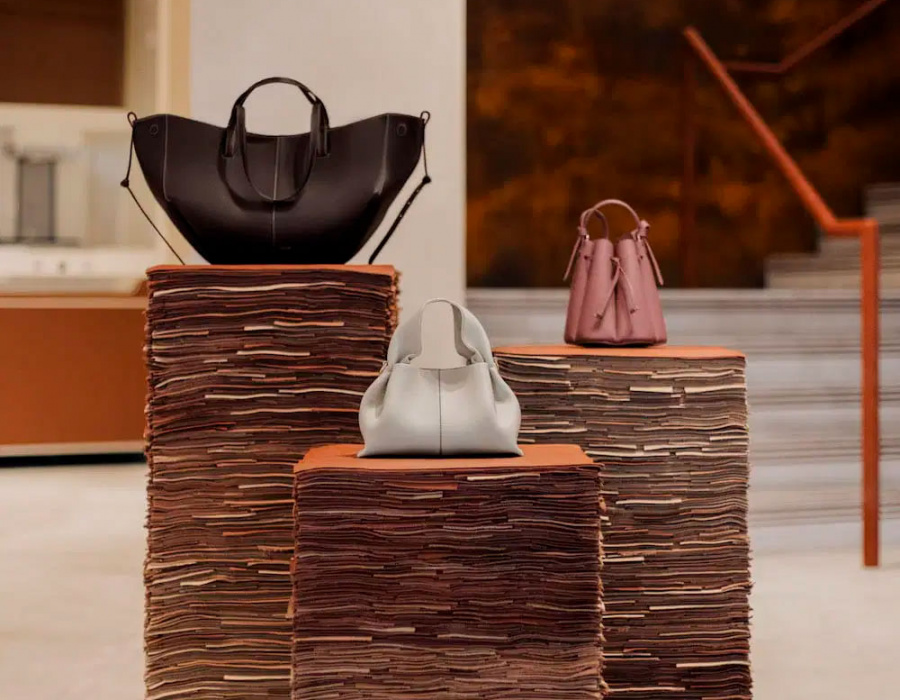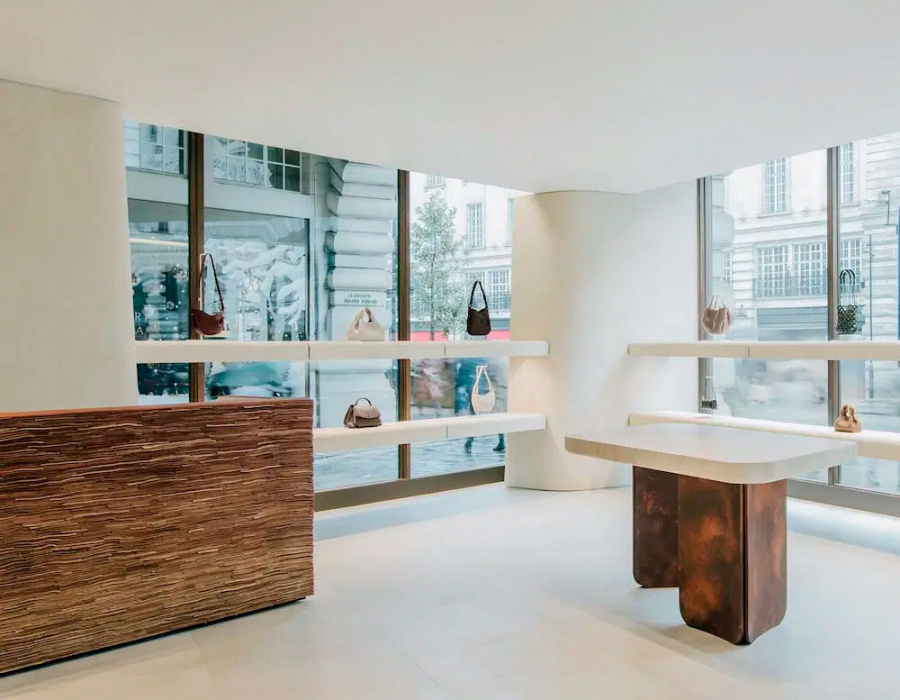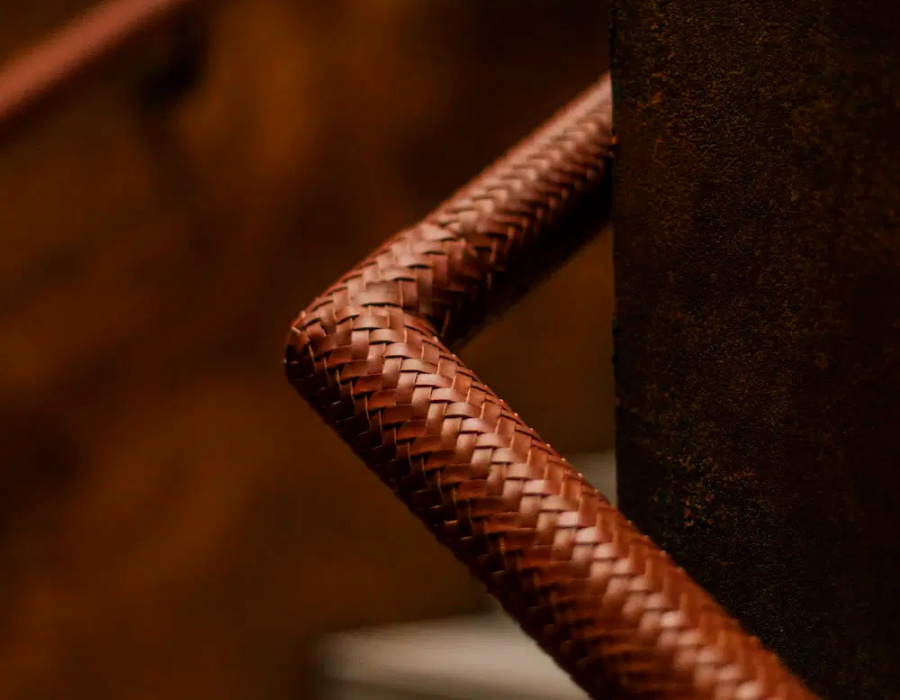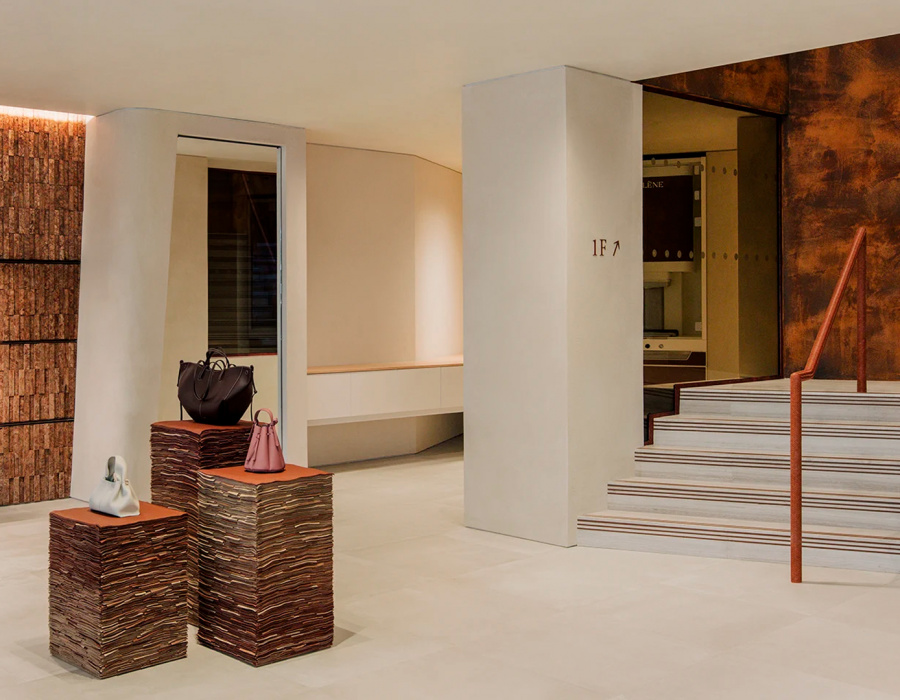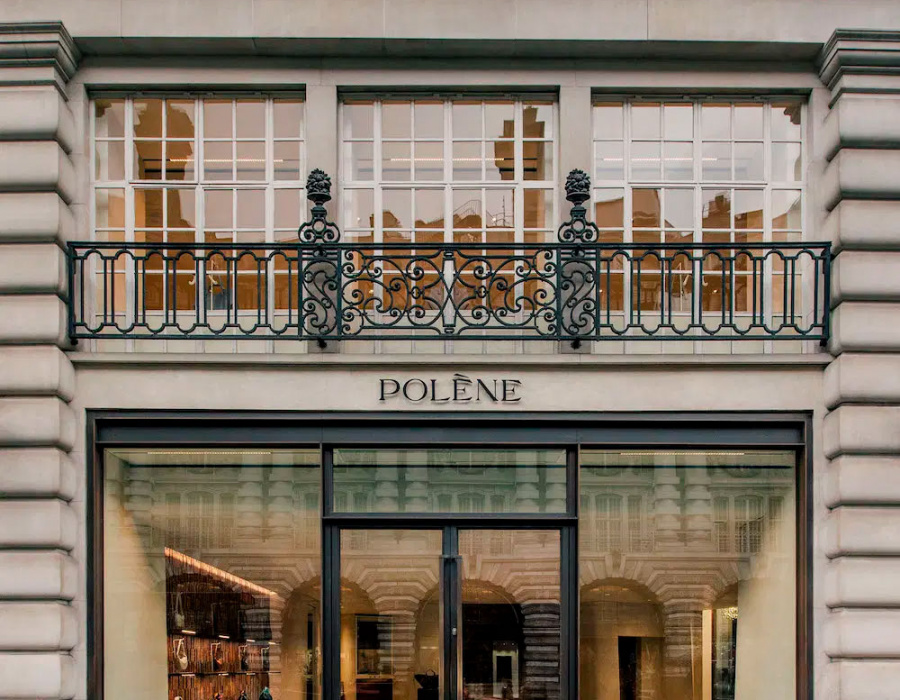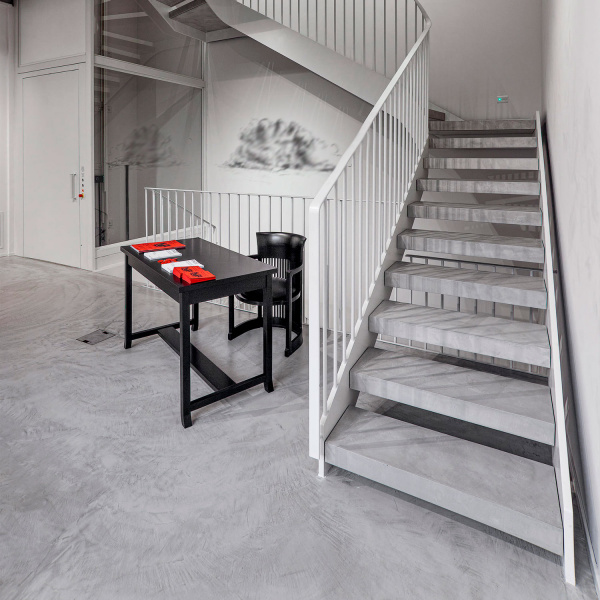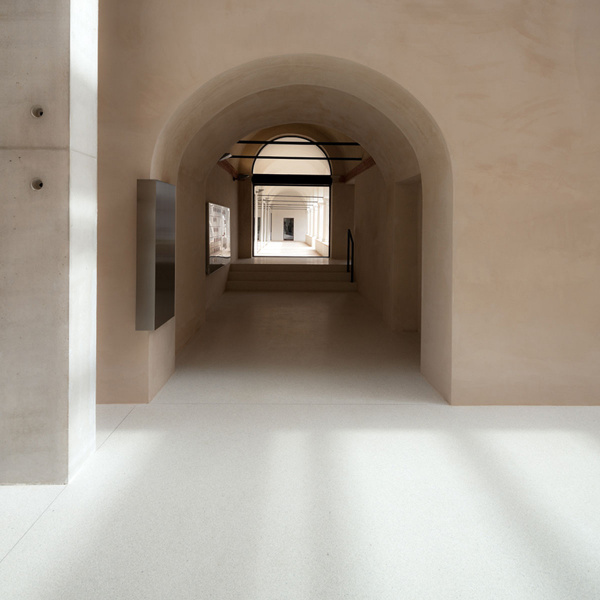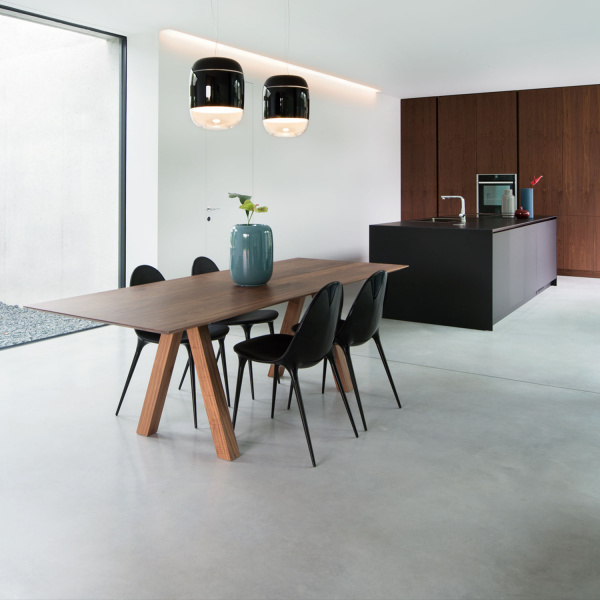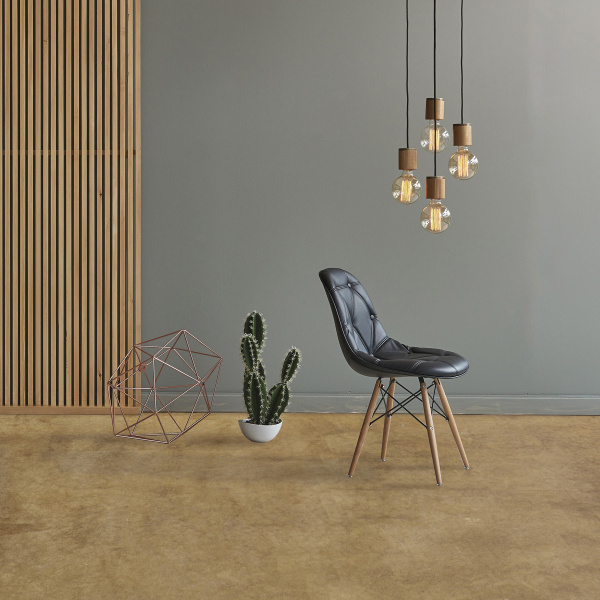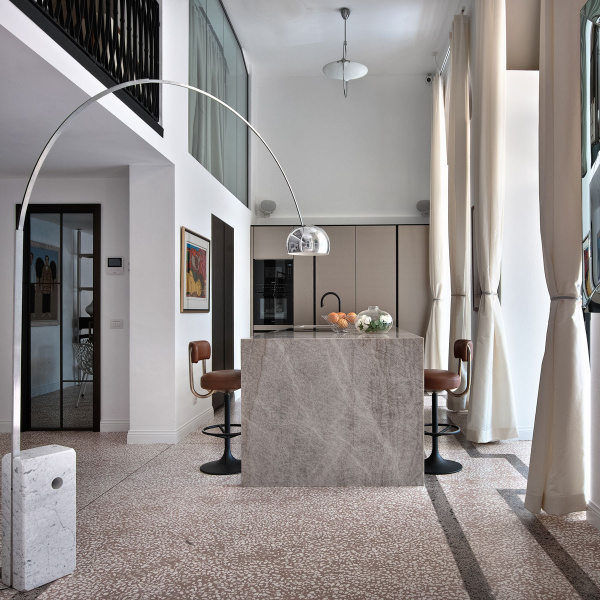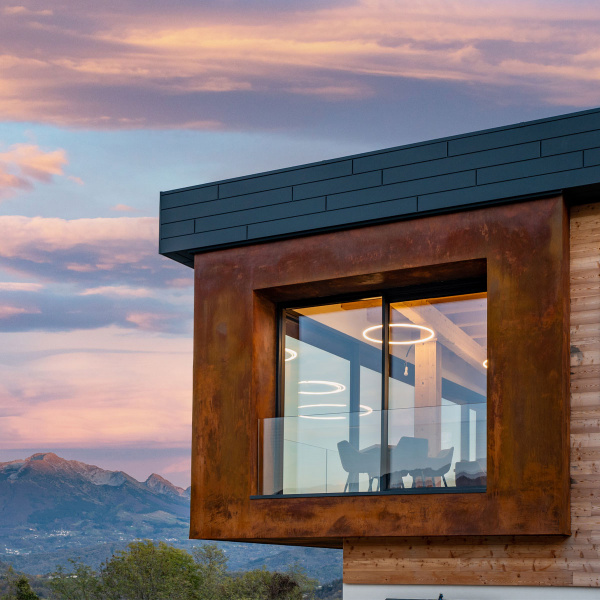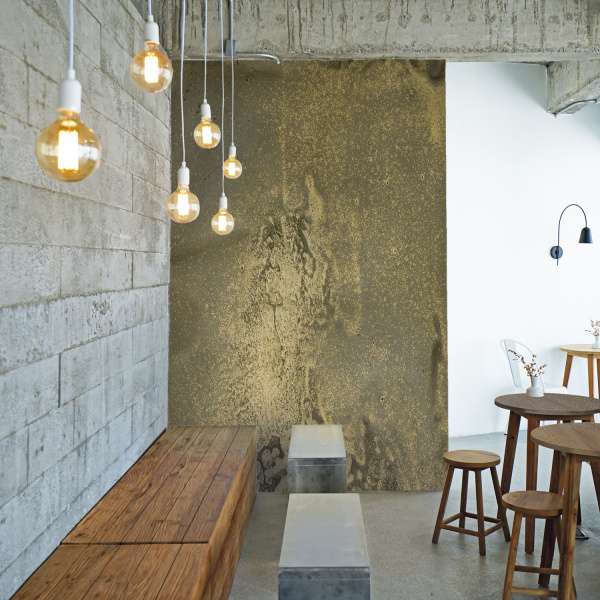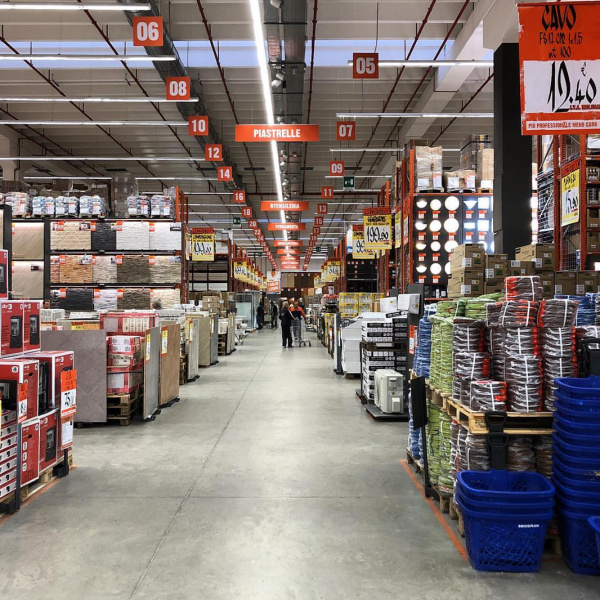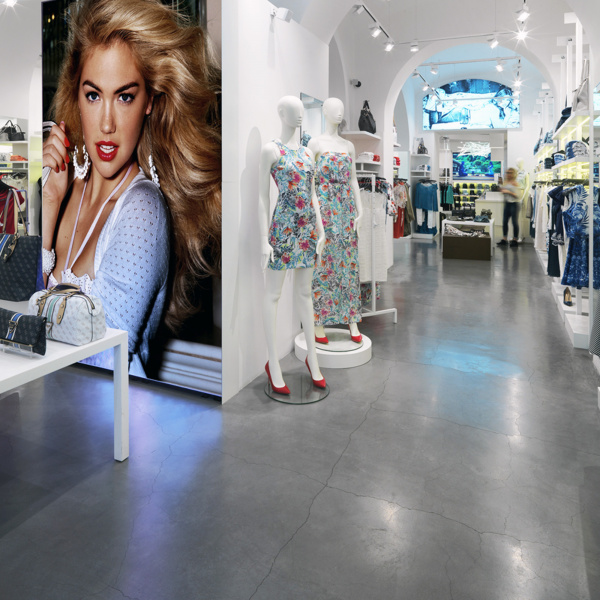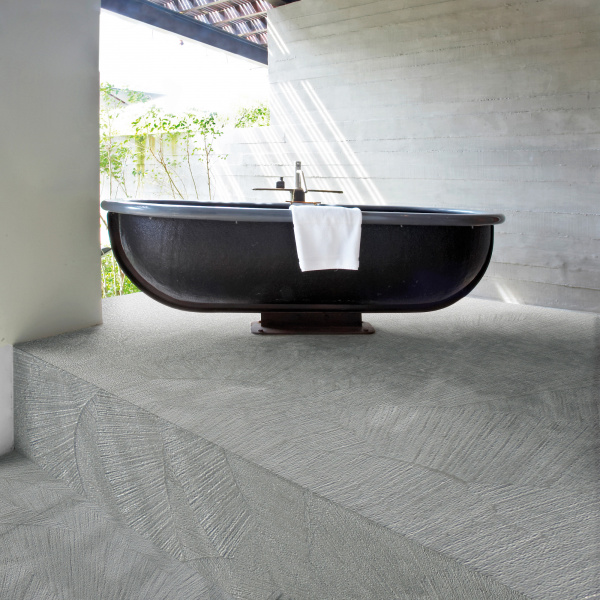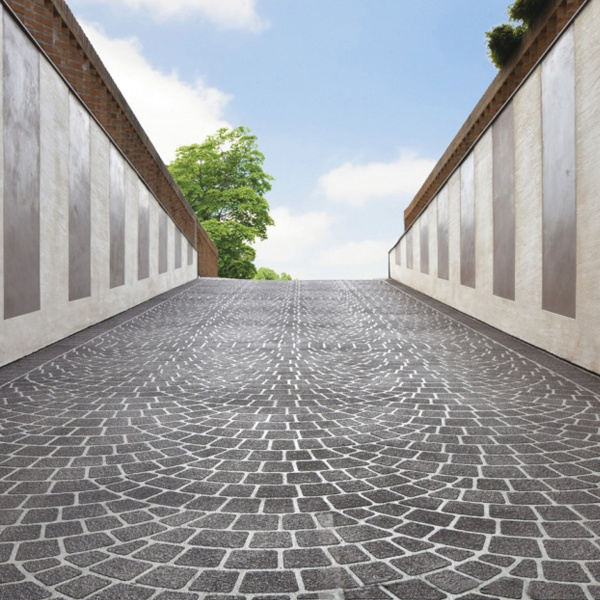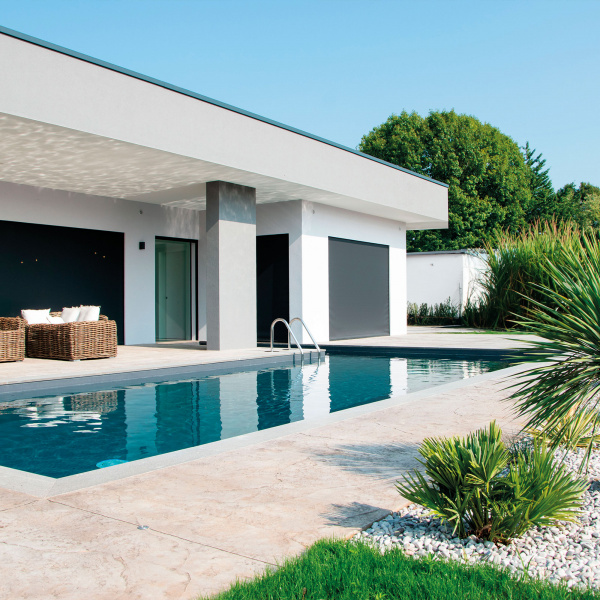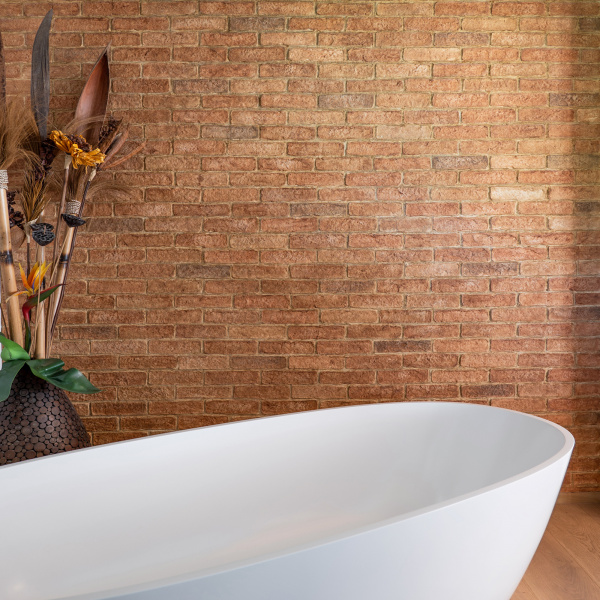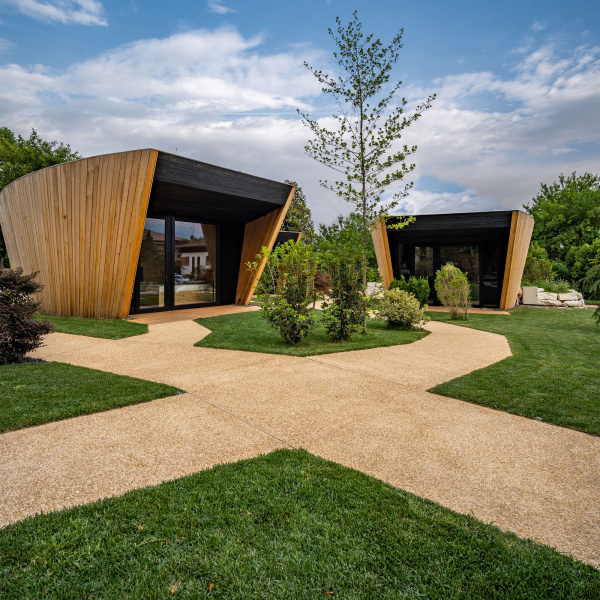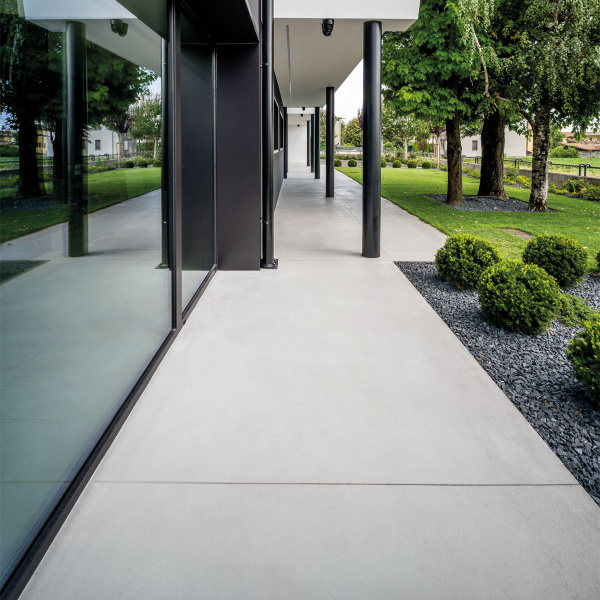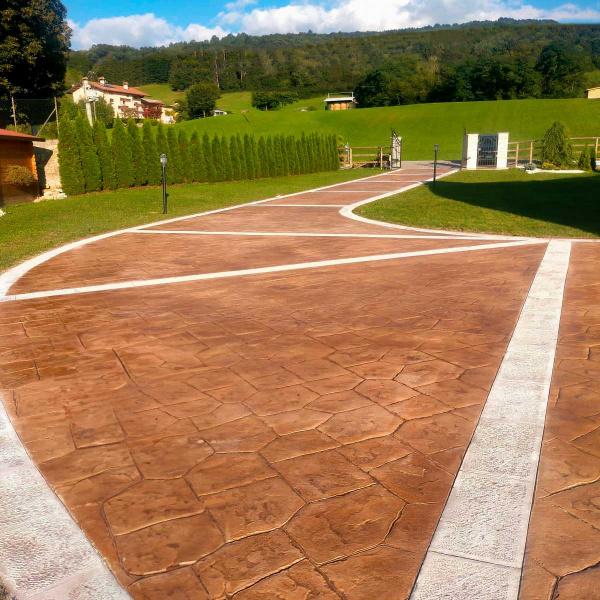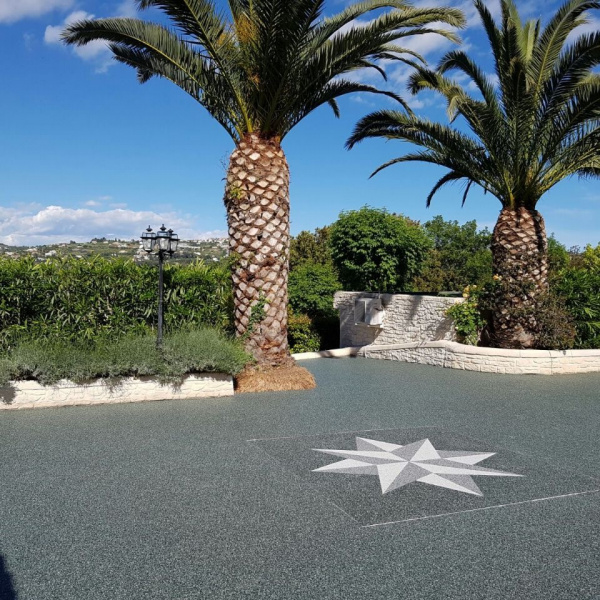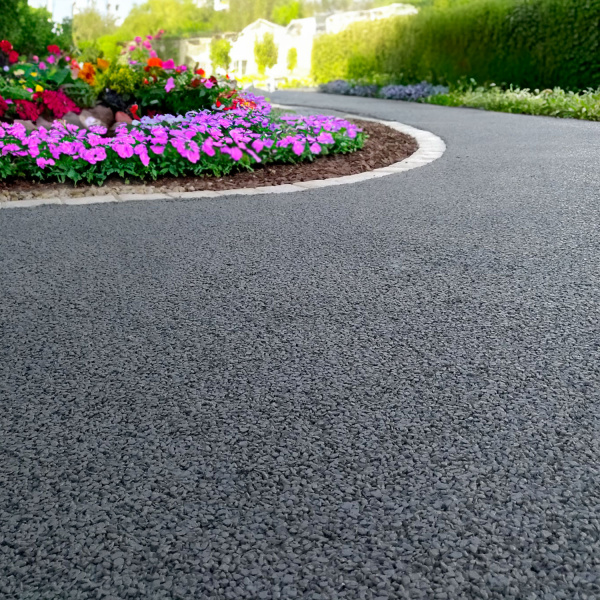The elegant Polène flagship store in London, a French maison of luxury leather goods, is the result of the renovation of a historic building in the heart of the British capital.
Isoplam was contacted by the Italian contractor in charge of the project—an enterprise operating in London that discovered the company through architecture magazines and then deepened its knowledge of the products through online research. The contractor’s needs were based on the renovation concept, which aimed to decorate the interiors with corten steel finishes to enhance Polène’s products with a warm and welcoming tone.
The limits of steel, the potential of design
The challenges were clear: the excessive weight of the steel panels made them impossible to install on the delicate structures of the existing building and on the drywall partitions planned for key areas of the interior spaces; the unsuitability of allowing rust stains on the floor or rust shedding in such a refined and delicate commercial space; and the long lead times for sourcing and treating corten steel – no less than two months – which did not meet the site’s timeline requirements.
The solution was Oxydecor Rust, a metallic decorative finish specifically developed by Isoplam to recreate the visual and tactile appearance of rusted corten steel surfaces. The coating is applied on site and has installation times comparable to decorative coatings – about three to four days – thus eliminating long delays.
The application was carried out by the contractor, who engaged local installation teams trained at Isoplam’s headquarters on the proper installation method, after the client approved the samples sent for review.
How the Corten Effect of Oxydecor Rust is Created
Oxydecor Rust, with a total thickness of approximately one millimeter, can be applied to any surface or substrate: claddings, objects, furniture, wood, plastic, metal and, as in this case, drywall. The application process involves several stages. First, a bonding primer is applied to help the product adhere to the surface. Then, Oxyrust Paint – a paste containing metallic micro-particles – is applied with a trowel. An oxidizing solution is then sprayed onto it. This produces the desired dripping and mottling rust effects in a manner similar to natural weathering. The oxidation process is then stopped with the application of an activator that halts and stabilizes the surface. The final step is a protective topcoat – glossy or, as in this case, matte – to protect the finish and facilitate cleaning.
The three-dimensional effect, tactile depth, and chiaroscuro of Oxydecor Rust – made possible by the metallic micro-particles activated by the oxidizer – stand apart from flat paints that merely mimic rust color. This quality convinced the Polène brand to request Isoplam's involvement in future stores in Germany and Belgium as well.
Roberto Zancan
Roberto Zancan, PhD, is a professor of history and theory of architecture at HEAD-Geneva (HES-SO). He was Deputy Editor of Domus, chief curator of the Inside the Academy Program for the BE OPEN Foundation, and associate researcher at the UNESCO Chair in Conservation and Regeneration of Urban Heritage at the IUAV University of Venice and the Canadian Centre for Architecture. He is the founder of the Ground Action group, whose work has been presented at the official sections of the Venice Biennale, Ljubljana Design Biennale, Lisbon Triennale, and Manifesta Marseille.

